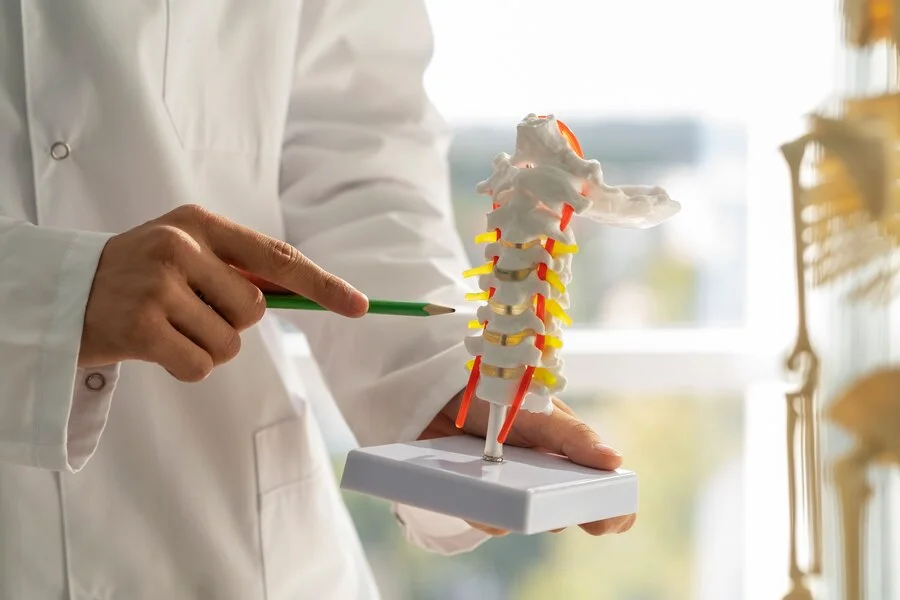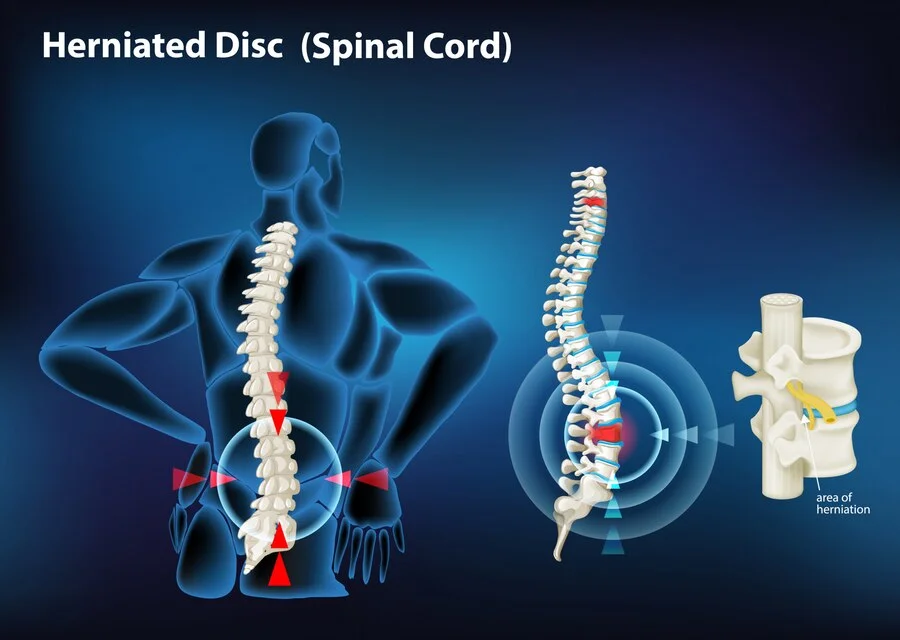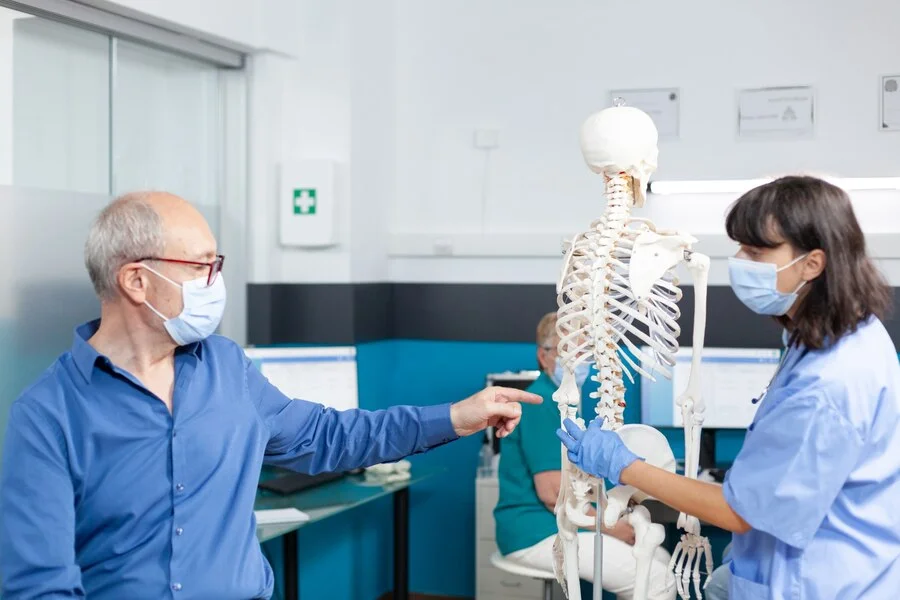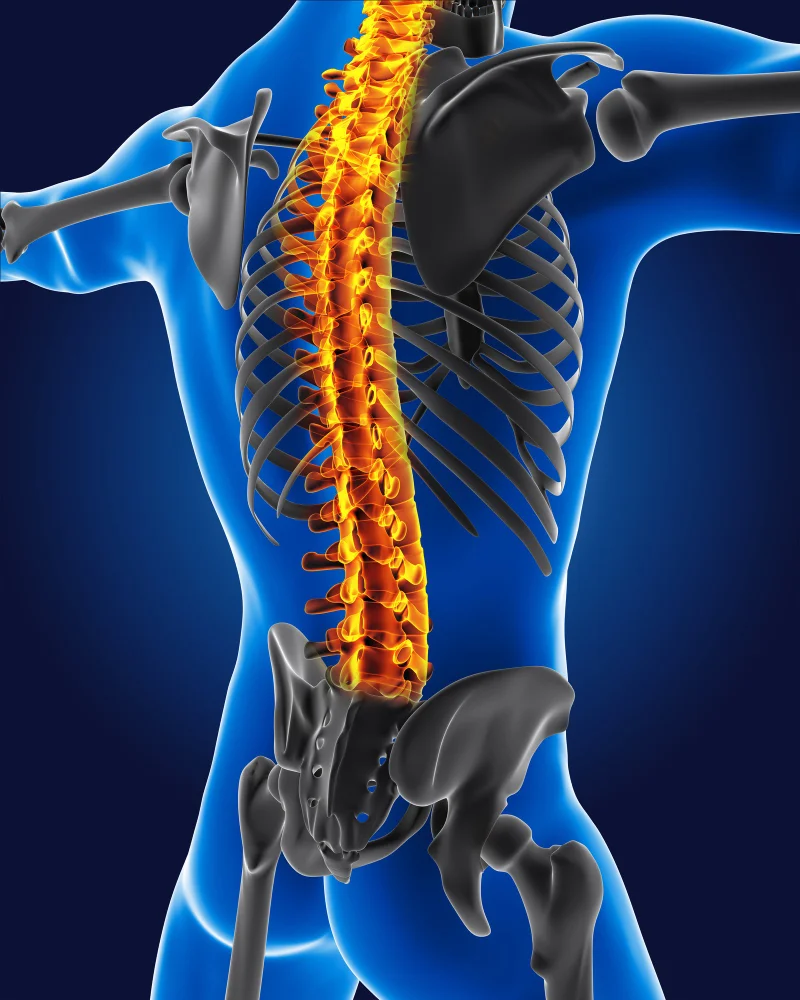Delving Into the Intricacies of the Spinal Cord, Dispelling Myths, and Championing
Strategies for Spinal Health and Well-being
The spinal cord is a vital component of the human nervous system,
serving as a conduit for communication between the brain and the rest of the body. While
spinal cord injuries can have devastating consequences, with advancements in medical science
and rehabilitation techniques, individuals can regain function and independence. In this
article, we delve into the wonders of the spinal cord, dispel myths, and offer empowering
strategies for spinal health and well-being.
Understanding the Spinal Cord
The spinal cord is a long, thin, tubular structure that extends
from the base of the brain down the back, protected by the vertebrae of the spinal column.
It consists of millions of nerve fibers that transmit sensory information from the body to
the brain and motor commands from the brain to the body. The spinal cord plays a crucial
role in various bodily functions, including movement, sensation, and reflexes.
Dispelling Myths and Misconceptions
Despite its importance, the spinal cord is often surrounded by
myths and misconceptions. One common misconception is that spinal cord injuries only result
from traumatic events such as car accidents or falls from heights. While traumatic injuries
are indeed a leading cause of spinal cord injuries, they can also occur due to other factors
such as disease, infection, or degenerative conditions. Another myth is that individuals
with spinal cord injuries are destined to live a life of immobility and dependence, when in
fact, with proper treatment and rehabilitation, many individuals can regain function and
independence.
Understanding Spinal Cord Injuries
Spinal cord injuries can result in partial or complete loss of function below the level of
injury, depending on the location and severity of the damage. Common symptoms of spinal cord
injuries may include paralysis, loss of sensation, difficulty breathing, bladder and bowel
dysfunction, and chronic pain. Treatment for spinal cord injuries may involve
immobilization, surgery, medication, and rehabilitation to maximize recovery and restore
function as much as possible.
Rehabilitation and Recovery
Rehabilitation plays a crucial role in the recovery process for individuals with spinal cord
injuries, helping them regain function, adapt to new challenges, and achieve independence.
Rehabilitation programs may include physical therapy, occupational therapy, speech therapy,
and psychological counseling to address physical, cognitive, and emotional aspects of
recovery. Assistive devices such as wheelchairs, braces, and communication aids may also be
used to support mobility and independence.
Prevention and Spinal Health Tips
Prevention of spinal cord injuries involves practicing safety measures such as wearing seat
belts, using helmets during sports and recreational activities, avoiding risky behaviors
such as driving under the influence of alcohol or drugs, and maintaining a healthy lifestyle
to reduce the risk of falls and accidents. Spinal health tips for individuals include
maintaining good posture, exercising regularly to strengthen the muscles supporting the
spine, avoiding heavy lifting and repetitive motions that strain the spine, and seeking
prompt medical attention for any symptoms of spinal cord injury or degenerative conditions.
In Conclusion: Embracing Spinal Health
The spinal cord is a remarkable structure that plays a crucial role in our overall health
and well-being. By understanding the fundamentals of the spinal cord, dispelling myths, and
embracing strategies for prevention, treatment, and rehabilitation, individuals can take
control of their spinal health and vitality. Let us continue to raise awareness, advocate
for access to healthcare resources, and support research efforts to improve spinal cord
injury prevention, treatment, and care. Together, we can empower individuals living with
spinal cord injuries to thrive and enjoy a life filled with health, vitality, and vitality.





